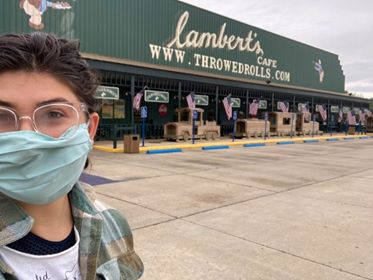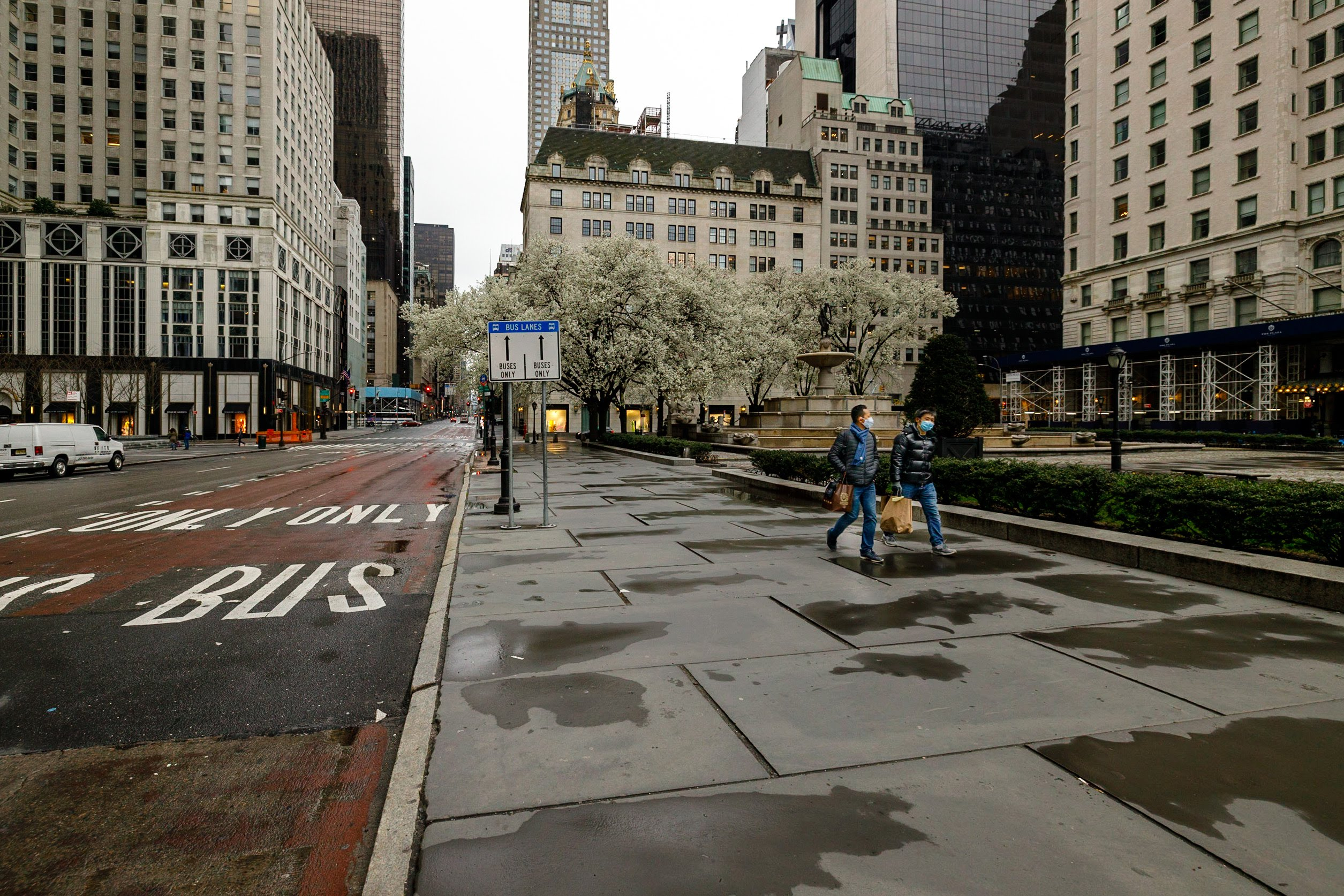I was feeling just as restless as every other 2020 graduate when I decided to drive my car West, eager to engage with a country I had always called my own but never seen. In order to pull off such an excursion, driving over 1,500 miles from my hometown in Memphis, Tennessee to Zion National Park in Utah, I was going to need a comprehensive health and safety plan for traveling during COVID. I asked myself:
- What do I need in my car?
- Where am I going to sleep?
- Where can I use the bathroom?
- What will I do if I get COVID?
Two weeks into my journey, I have learned valuable and repeatable strategies for anyone looking to travel out on the open road this summer. Here are my “tips to traveling during covid” for this unprecedented tourism summer season:
1. Stock Up on COVID Essentials
Along with the obvious road-tripping gear (jumper cables, flashlights, batteries, a spare tire, etc), it is important to pack COVID-19 essentials. There is no guarantee towns along the way or your final destination will have the essentials you need, so it’s best to bring as much as you’ll need to get to your final destination and back before leaving (Note: this isn’t always possible.) I packed disposable rubber gloves, disinfecting wipes, multiple face masks/ face coverings, hand sanitizer, paper towels, and toilet paper. Some people recommend rubbing alcohol, bleach, a vacuum cleaner, and an air purifier, but I did not have room for these items. I’ve had the most trouble finding Clorox wipes and hand sanitizer. I recommend packing a week’s worth of food to minimize the number of grocery stores and dining options.
When you can, eat local — it’s a cross-country road trip after all! Supporting local businesses and tourism-dependent communities is one of the best ways traveler’s can help support communities. If you do plan to eat along the way, call restaurants in advance to learn about their COVID precautions and curbside pickup process.
2. Pre-Plan
Prepare your activities, rest stops, overnights, and food-runs a few days in advance. Because every state is operating under different regulations, it is important to know which states are open for camping, dining, attractions, and other services you may need. I used Roadtrippers to strategize my route. Togo RV is a great resource for the latest updates on RV, car, and tent camping during the pandemic. If you’re looking for a place to stay last minute, check out Campendium or find free campsites on BLM land. It’s best to reserve a spot to ensure that they have an available campsite before arrival, and always call in advance, as some hotels and campgrounds have not updated their websites and may be closed even if they indicate otherwise.
3. Make Your Car a Home
Cahira, my trusty 2012 black Rav4, is home. Before leaving, get your vehicle-of-choice fully inspected and give it a good wash inside and out. You’ll want to consistently disinfect your exterior and interior door handles, steering wheel, gear shift, turn signals, window washer knobs, car chargers, and any other button you’re using regularly. While you and your travel companions are the only ones touching these items, don’t forget that every time you get back into your car from the gas station, grocery store, restaurant, or attraction, you’re bringing unknown germs into your living space. This is why I like to keep paper towels in my passenger seat for easy access when touching a gas lever or drive-thru pickup. I keep hand sanitizer and other essentials in my glove compartment to use each time I exit and re-enter my car.
4. Be Kind to Locals
Even if you’re willing to take risks to travel the countryside or hike some trails, residents in these spaces may be apprehensive about the influx of tourism bringing potentially-sick patrons from all over the country. It’s great to support small towns and local businesses, who are hurting from COVID-19 more than anyone; however, respect social distancing guidelines to keep everyone safe. I became a WWOOFer, a worldwide initiative to link visitors with organic farmers, aiming to promote an educational and cultural exchange while building a global community of best farming practices. This is a fun and affordable opportunity to explore a new part of the country via local farms that are eager to receive guests. WWOOFing also makes it easier to socially distance while minimizing the number of bathrooms and sleeping arrangements you use, as visits can last from a single day to months at a time.
5. Have a COVID Plan
Even if you take every safety precaution, there’s still a chance you could get sick. Before you leave, have a COVID-19 Action Plan. Talk to family or roommates about what this would mean for the household. Prepare your quarantine location of choice with at least two weeks worth of food, medicine, and other essentials prior to leaving. Think about how you will return home if you start feeling sick. Consider your proximity to hospitals and resources. I recommend getting Teladoc, a 24/7 telehealth platform that connects you directly to doctors from the trails, car, or comfort of your bed.
I hope my insights help you discover healthy, safe, and fun ways of traveling during these challenging times. As my journey West continues, I look forward to providing more tips from the road. In the meantime, check out how Solimar International is rethinking and reimaging sustainable tourism during COVID-19.


